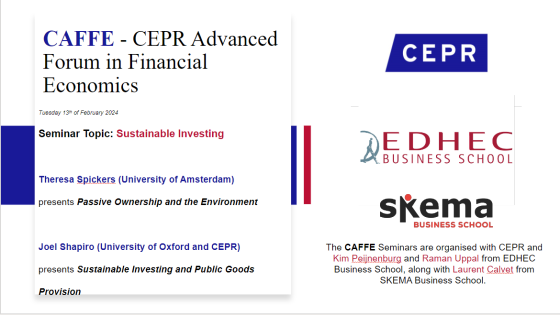DP15269 Risk-Sharing and the Creation of Systemic Risk
We address the paradox that financial innovations aimed at risk-sharing appear to have
made the world riskier. Financial innovations facilitate hedging idiosyncratic risks among
agents; however, aggregate risks can be hedged only with liquid assets. When risk-sharing is
primitive, agents self-hedge and hold more liquid assets; this buffers aggregate risks, resulting
in few correlated failures compared to when there is greater risk sharing. We apply this insight
to build a model of a clearinghouse to show that as risk-sharing improves, aggregate liquidity
falls but correlated failures rise. Public liquidity injections, for example, in the form of a
lender-of-last-resort can reduce this systemic risk ex post, but induce lower ex-ante levels of
private liquidity, which can in turn aggravate welfare costs from such injections.



